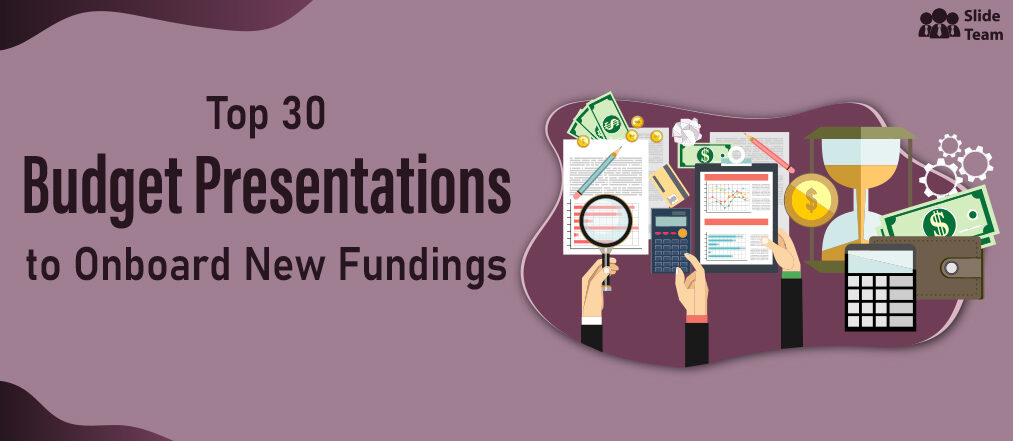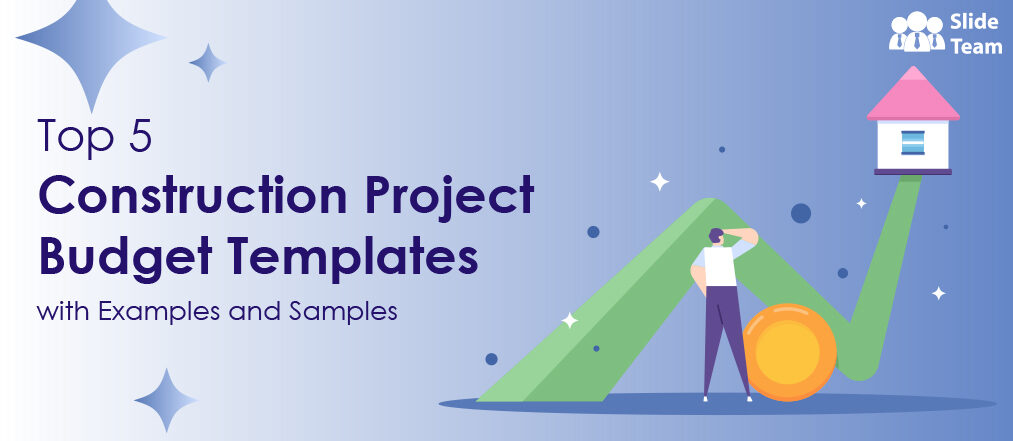Cost, the foundation of all business transactions, comes from Old French couster further based on Latin constare ‘stand firm, stand at a price.’ This dip into linguistics is important as we take a tour of the technical but significant business topic of Project Cost Management in this blog.
Let us start with why projects need cost management if the word COST itself means to stand firm at a price. Linguistics aside, the business world is a brutal, unforgiving place as far as managing projects is concerned. Factors, both internal and external, impinge on it to create pressure to deviate, adjust, and compromise on the original project plan.
For instance, your construction plan for a new manufacturing facility was finalized at a certain rate of material; if Russia and Ukraine decide to go to war, your project cannot stand firm; it cannot change its goals, it cannot change its management personnel (not immediately, anyway). The result: Costs go up, as this is the easiest thing to do.
Remember that in project cost management, there are also opportunities when you can save on time and still complete projects within cost. A rare, but inspirational example of this is the way the ‘Metro Man of India’ achieved this with the Metro transport project in that developing country’s capital, New Delhi. The global community has awarded the project execution head, E Shreedharan; he is also a recipient of the highest French order of merit, an award that the world-beater Napoleon himself instituted in 1802.
The nibble into history and a bit of linguistics that started this blog is meant to illustrate that project cost management, though a technical business goal, is both a science and an art. In the science bit that this blog will primarily deal with, we study its significance, challenges to it, tools to manage it well, and learn how to design new strategies. This is like the through-professional’s guide to project cost management, and will act as a day-to-day guide for issues that keep rocking a project from time to time.
In the art section of dealing with project cost management, we will internalize that detailing goes a long way in ensuring that project cost management is rendered redundant. It is a hands-on skill, mixed with insights, that has you make the right decision at the right time, which is ultimately the only key to managing a project without cost overrun. Read this definitive HOW-TO MANUAL, and you’ll never need another one. Primarily, this blog will walk you through the most effective steps for successful project cost management with templates, samples, and examples.
You will learn the following:
What is Project Cost Management?
Why is Project Cost Management Important?
What are the Phases of Project Cost Management?
Quick Tips to write a Project Cost Management Plan
Examples of Project Cost Management
FAQs on Project Cost Management
What is Project Cost Management?
Project cost management is the practice of estimating, allocating resources, and monitoring expenses throughout a project's life to keep costs within the approved budget. For a project to be successful, it must meet key criteria. These are:
- Meeting functional and performance requirements
- Achieving high-quality execution
- Completing on schedule
- Staying within budget
Project cost management, therefore, is a crucial aspect of all businesses and is applicable to all industries, with specific uses in manufacturing, retail, technology, and construction. A critical step in project planning is the development of a controlled budget, which serves as a financial benchmark for project managers to assess the current state of costs and make adjustments during execution.
(For effective and efficient cost management of your new project and to avoid cost overruns, explore this PowerPoint Presentation to get hands-on tips. Click here to download this content-ready PPT Template.)
Why is Project Cost Management Important?
Effective cost management ensures that the project stays on track and delivers value. By implementing cost management practices that are efficacious, project managers can:
- Establish clear expectations and align better with stakeholders.
- Proactively manage scope changes through established control processes with the project team and client.
- Monitor cost variations and take corrective actions
- Maintain profit margins, increase return on investment, and avoid financial loss.
Phases/Steps of Project Cost Management
Cost management is an ongoing sequential process divided into four phases: Resource planning, estimation, budgeting, and control. Resources may see change requiring budget adjustments. Variances observed during the control stage may also necessitate revisions to estimates.
Let’s delve deeper into these four stages.
Phase 1: Project Resource Planning
Resource planning is the process of identifying and securing resources to execute and complete a project. These resources can be personnel (such as employees or contractors) and equipment (such as infrastructure, heavy machinery, and specialized tools that may be in limited supply).
The first thing project managers must have in place as part of this phase is a Work Breakdown Structure (WBS). They must examine each subtask in the WBS and determine the number of people with specific skills required to complete the task and the type of equipment needed.
By approaching resource planning at a task level, project managers can create a detailed and comprehensive inventory of required resources, which is used as input for the next step, i.e., cost estimation.
(This is how you can create a WBS and achieve effective project planning and optimum allocation of resources. Click here to download this customizable template)
Here are a few tips for effective project resource planning stage:
- Review historical data and past schedules to make informed decisions about sub-tasks and resources.
- Seek input from subject matter experts and team members to ensure a collaborative approach.
- Assess how time will affect resource requirements and its impact on cost estimation.
- Be aware of the constraints and realities of the project, such as the availability of resources and the need to hire contractors or provide training.
Phase 2: Project Cost Estimation
Cost estimation involves determining costs associated with resources. To do this, the following information is needed:
- Resource requirements
- Cost of each resource (e.g., labor, equipment, material)
- Duration for which each resource is needed
- Assumptions made during the estimation process
- Potential risks
- Historical project costs and industry standards, if available
- Information about the company's financial status and reporting structure.
(This Complete Deck will guide you on the steps of project cost estimation. It includes tables, graphs, plans, and dashboards to evaluate costs for types of projects. Click here to download this must-have template.)
Cost estimation can be challenging as it requires a high degree of accuracy. Project managers must consider factors such as fixed and variable costs, overhead expenses, inflation, and the impact of time on costs.
The closer the estimated costs are to the actual costs, the more likely the project will be successful. Many estimation models are available, such as Analogous estimation, which is suitable when there is a lot of historical cost data from similar projects.
Here’s a cheat sheet of Project Cost Management, take a look:
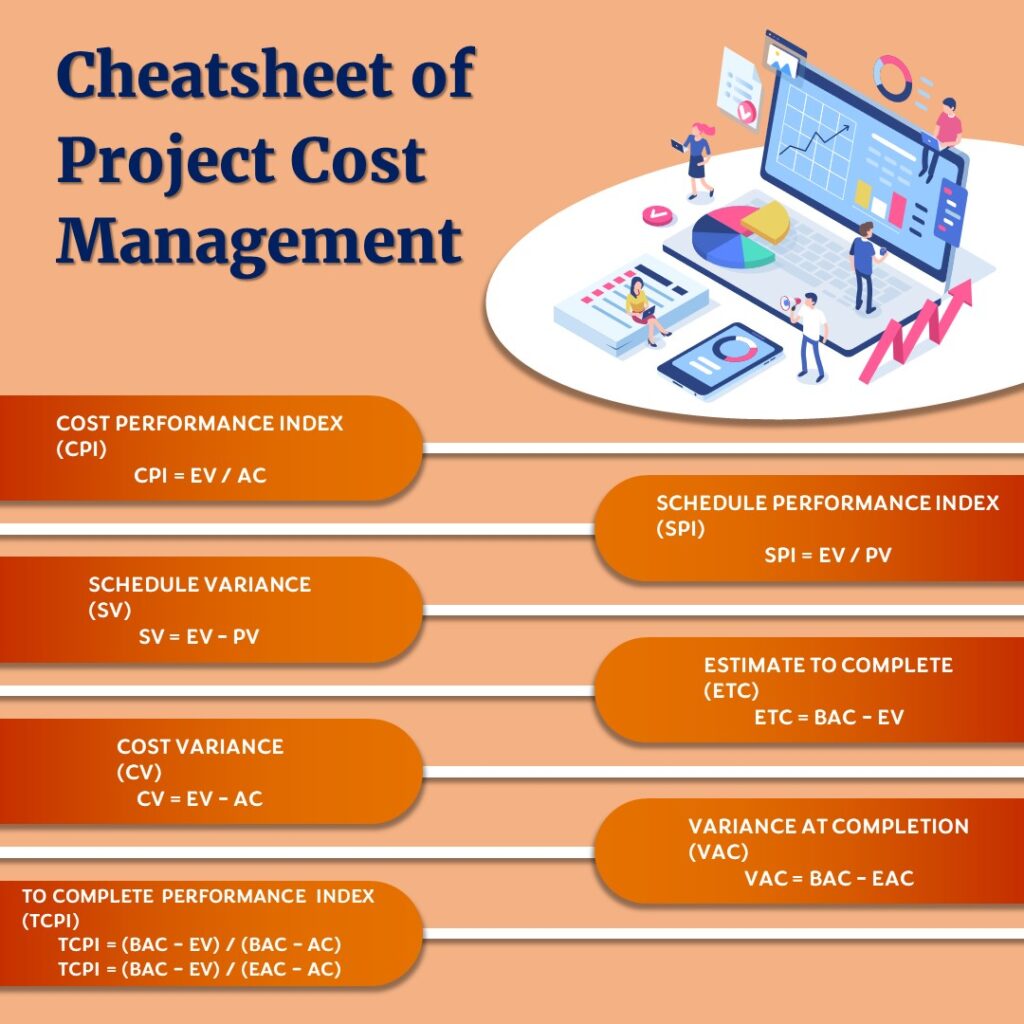
Actual Cost (AC): How much we have spent so far.
Planned Value (PV): What we planned for the project.
Earned Value (EV): How much of the project work has been accomplished.
Budget At Completion (BAC): The total budget of the project.
Cost Variance: Am I over budget or under budget?
Cost Performance Index: CV < 1 is Over budget, CV = 1 is On budget & CV > 1 is Under budget
Schedule Performance Index: CV < 1 is Behind schedule, CV = 1 is On Schedule & CV > 1 is Ahead schedule
Schedule Variance: Am I ahead of schedule or behind Schedule?
Estimate At Completion: What will be spent on the whole project?
Estimate To Complete: What will be spent on the remaining project?
Variance At Completion: Variance at a total project cost from the budget.
Phase 3: Project Cost Budgeting
Cost budgeting is allocating costs to tasks or modules of a project for a particular period. It includes setting aside money for unexpected costs.
For example, if the total estimated cost of a 2-year project is $1 million, the project manager may decide to budget only for the first two quarters of the project. They would identify the work to be done in that period and allocate a budget of, say, $25,000 to that work. They would use the WBS and cost estimation methods to determine this number.
Budgeting creates a cost baseline for measuring and evaluating the project's cost performance. With a budget, the total estimated cost would be easier to measure at any point during project execution. It also allows the project manager to assess the budget needed to complete work. Here, organizations plan for funding based on expected future cash flows. It’s like building the foundation and one floor of the house in the initial few months and completing the rest of the project as more funds are available.
(This is how you can draft a project budget in a well-organized manner considering WBS. This PPT template will help you allocate the budget in an effective manner to avoid cost overruns. Click here to download this template.)
Phase 4: Project Cost Controlling
Cost control is the process of monitoring and managing the cost of a project by comparing actual costs to the estimated costs and taking corrective actions. It is an ongoing process throughout the project's lifecycle. Effective cost control requires timely and accurate reporting.
The cost management plan is an essential tool for cost control. The plan includes details such as how project performance will be measured, acceptable variances, actions to be taken when limits are exceeded, and who has the authority to make decisions. Earned Value Management (EVM) is an accepted method for measuring cost performance.
(This Slide Deck contains a detailed guide on calculating EVM and includes tables, charts, graphs, and dashboards that you can easily edit and use for your projects. Click here to download this set of templates.)
Let's take an example of assessing the progress and budget of a task.
At the end of a week, a project manager measures the progress of task X and finds that it's 40% complete. To determine if the task is on track to meet its budget, he/she calculates the Planned Value (PV) and Earned Value (EV) of the task. The EV is typically in %, and an independent professional provides it to the project manager.
For example, Task X has a budget of $5,000 and was expected to be 50% complete by the week.
Planned value (PV) of task X by the week = $5,000 * .5 = $2,500
Earned value (EV) of task X by the week = $5000 * .4 = $2,000
The project manager also determines the Actual Cost (AC) of the work, which includes variables such as equipment and material costs (let’s say $3,000).
Schedule Variance = EV - PV = $2000 - $2500 = -$500.
Cost Variance = EV - AC = $2000 - $3000 = -$1000.
The negative schedule variance indicates that the task is behind schedule, and also the negative cost variance indicates that it's over budget.
Cost control can provide transparency in large projects with many tasks, allowing decision-makers to respond quickly to any issues that may arise.
Quick Tips to write a Project Cost Management Plan
A cost management plan is crucial as it outlines the budget for a project, keeping project managers organized and on track to meet objectives. To create a cost management plan, these tips must be followed:
- Develop a WBS by identifying the problems that need to be solved; compare solutions with competitors.
- Plan resources by assessing availability and limitations and determining a schedule for timely completion.
- Estimate costs by considering fixed and variable expenses, budget, overhead, and inflation.
- Set performance indicators by selecting tools and techniques to measure progress.
(Here’s a slide deck for the Project Cost Management Plan that includes content-ready templates for project overview, budgeting process, timeline, Gantt charts, dashboards, and the crucial cost management elements. Click here to download this customizable PowerPoint Presentation.)
Examples of Project Cost Management
1. Denver International Airport Baggage Handling Project - A failed project
The Denver International Airport baggage handling system was a project to automate baggage handling. The project aimed to improve efficiency and reduce the need for manual labor. The project, however, encountered significant problems with cost management, leading to substantial delays and cost overruns.
Initially, the project was estimated to cost around $193 million but ended up costing over $600 million. The project was completed two years after the first deadline, causing massive inconvenience for airport staff and travelers.
Poor planning and lack of oversight was the primary cause of the project’s cost issues. The project team underestimated the automation system's complexity and cost and failed to manage and control the use of resources. In addition, the project scope was expanded, leading to additional costs and delays.
The project is, thus, often cited as an example of poor project cost management.
2. Olympic 2012: A Successful Project
The London Olympics Games was a well-planned event with a projected budget of £9.3 billion by the London Organizing Committee of the Olympic and Paralympic Games (LOCOG). The final budget, however, came in at £8.92 billion, which was £377 million less than the estimated budget, demonstrating effective cost-management strategies. Despite appearing small, the budget savings predicted by LOCOG and the Olympic Delivery Authority were impressive.
This project was recognized as successful in terms of cost management due to its effective strategies in budget control, private sector involvement, utilization of existing facilities, and efficient procurement process. The private sector contributed over £1 billion, sharing the financial burden and minimizing the impact on taxpayers. Additionally, the use of existing venues and infrastructure, such as the renovated Olympic Stadium, helped to keep costs down while reducing the environmental impact of the event.
Control Costs, Command Success
Cost overruns happen in every industry, sector, and region and can have a significant impact on the financial health of a project, both in the short and long term, and decrease the chances of success.
Despite these challenges, a systematic and comprehensive approach to cost management is the only solution.
FAQS on Project Cost Management
What is Cost Benefit Analysis?
Cost-benefit analysis is a technique for evaluating the potential benefits of a project or decision by comparing the costs and benefits associated with it. The analysis determines whether the benefits outweigh the costs. This method is employed in business, economics, and public policy to determine the feasibility of a project or decision.
(You can explore the following presentation to understand how to perform a cost-benefit analysis. This PPT Template is content ready, editable, easy to download, and can be saved in any file format. Click here to download.)
What are the fixed costs and variable costs in a project?
In project management, fixed costs refer to expenses that remain constant regardless of the amount of output or production. These costs are associated with the project's infrastructure, such as rent, salaries, and insurance.
Variable costs are expenses that fluctuate in relation to the production level, such as raw materials, direct labor, and direct expenses required to execute the project. Examples of variable costs include materials, wages, and energy required to produce the goods or services.
(Here’s an example of a report presenting the analysis of the variance, that is, the deviation between the master budget and the actual budget. It includes fixed costs and variable costs. Click here to download this template.)


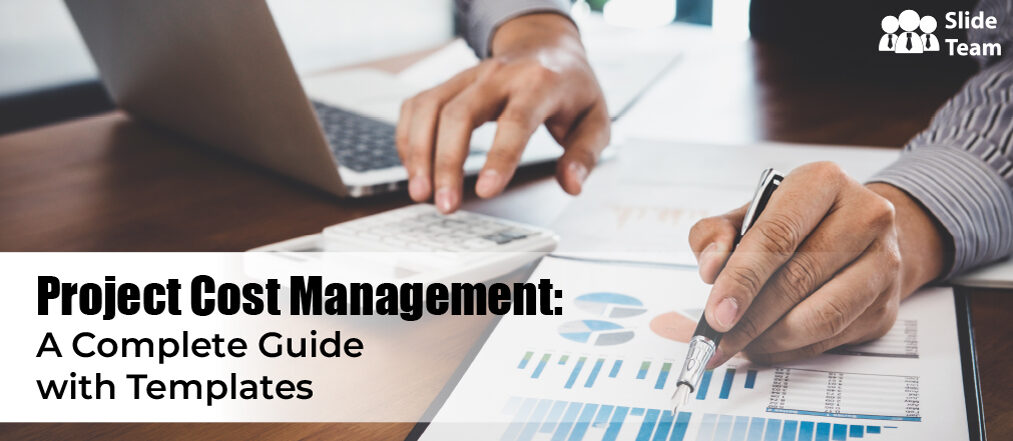


 Customer Reviews
Customer Reviews

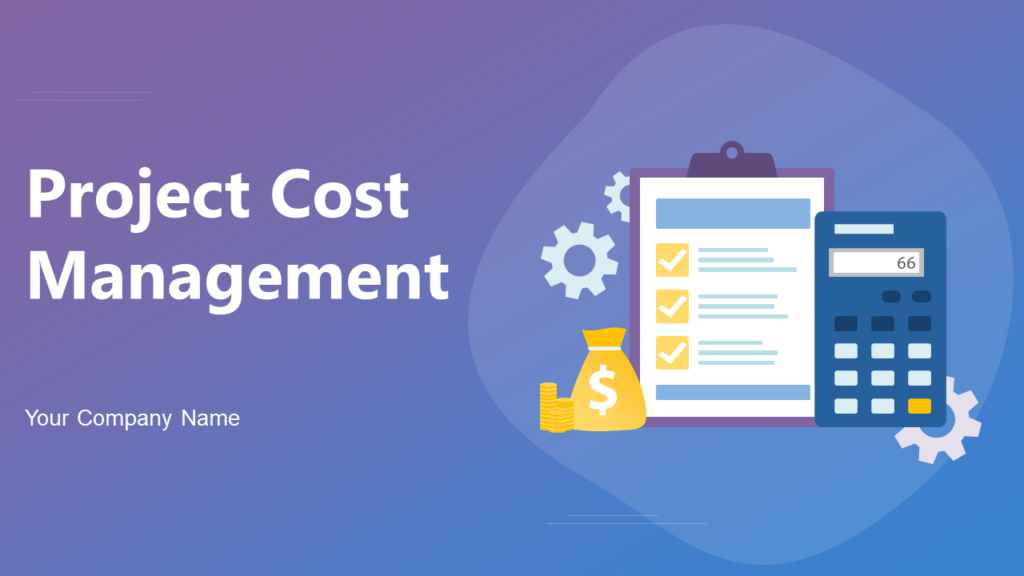
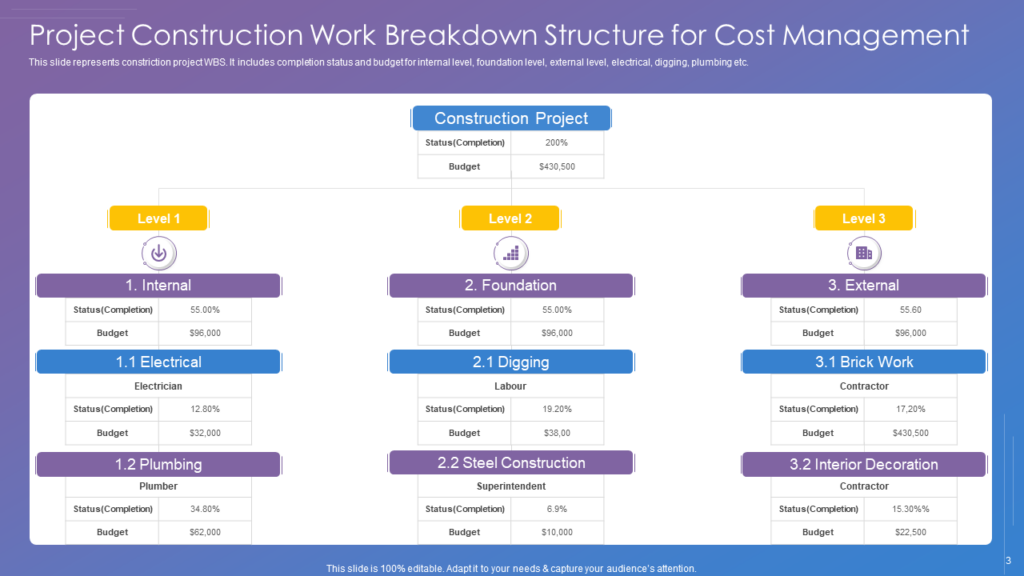
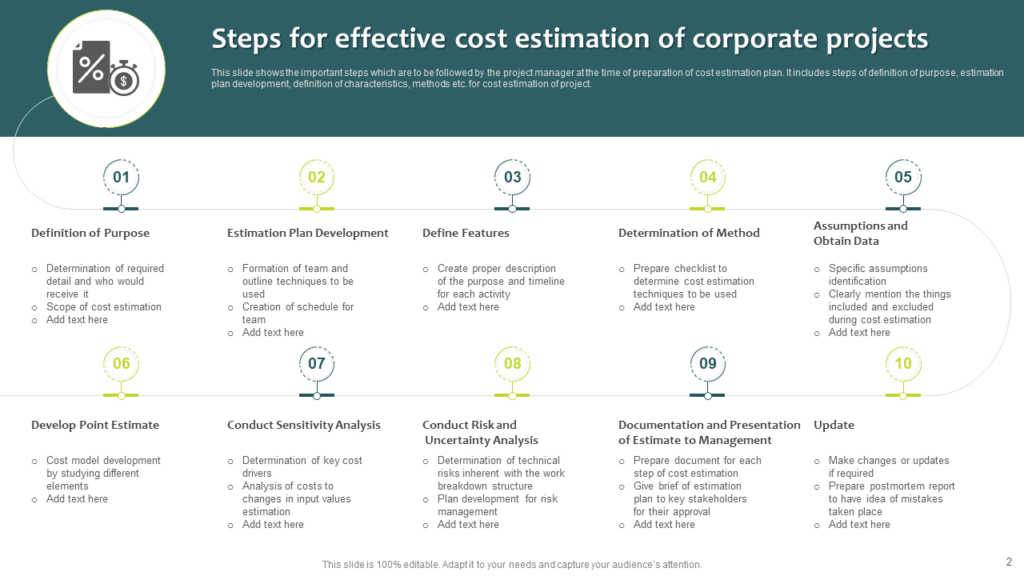
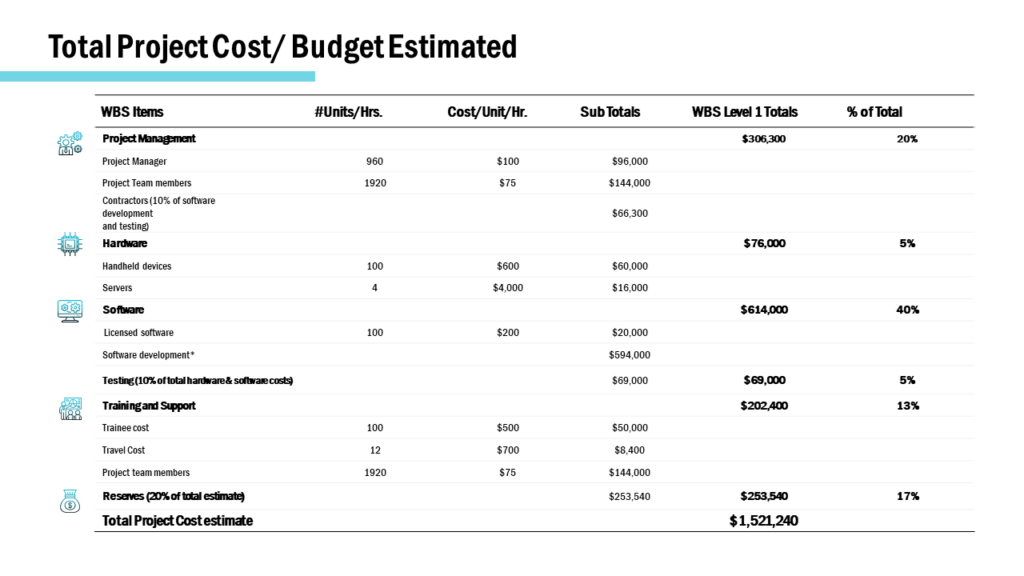
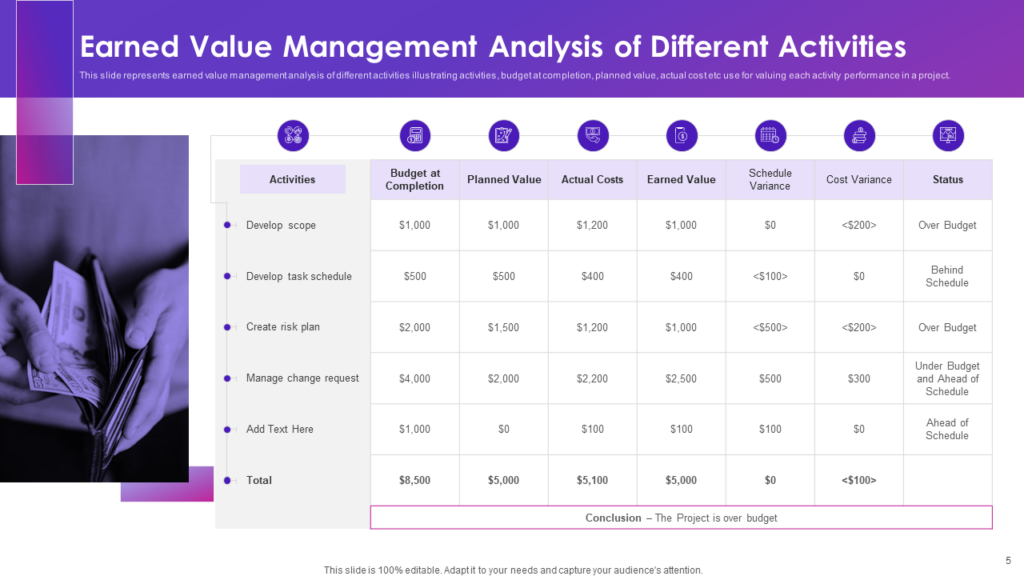
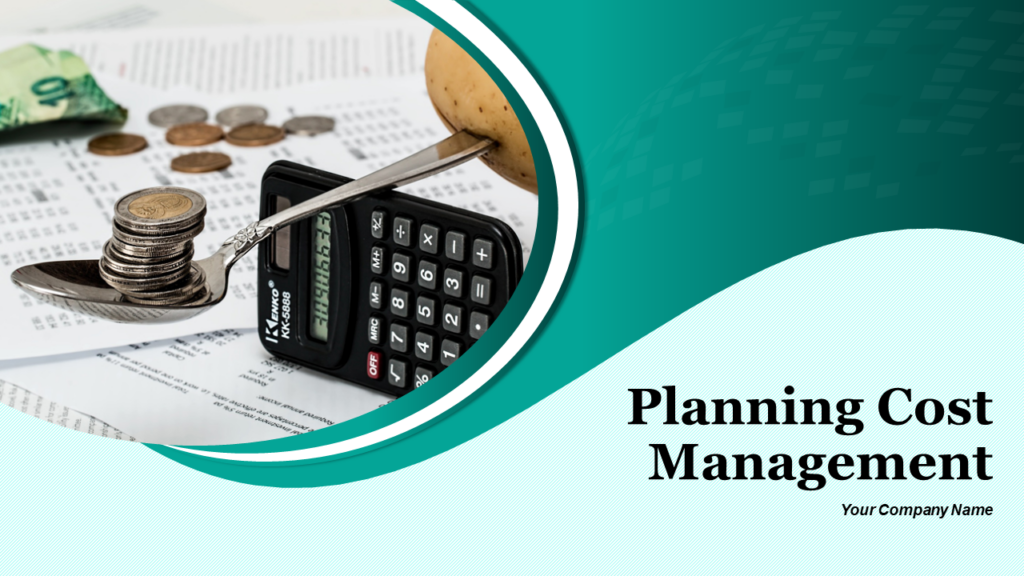
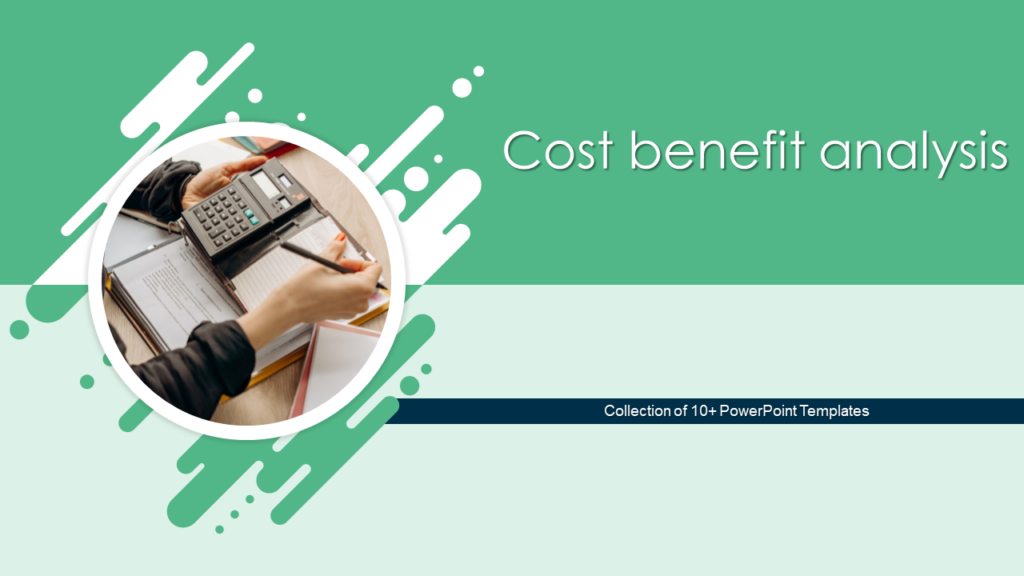
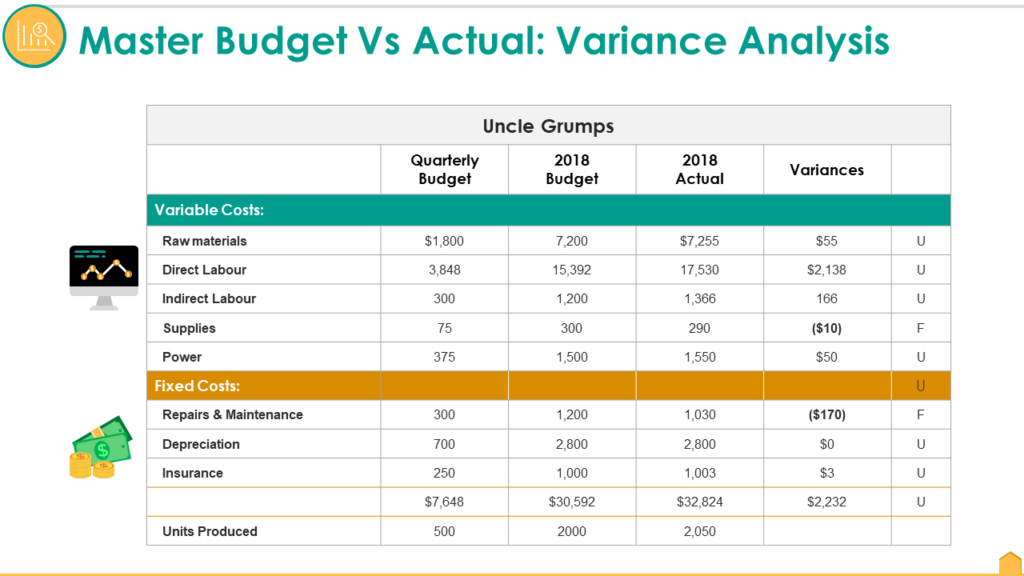



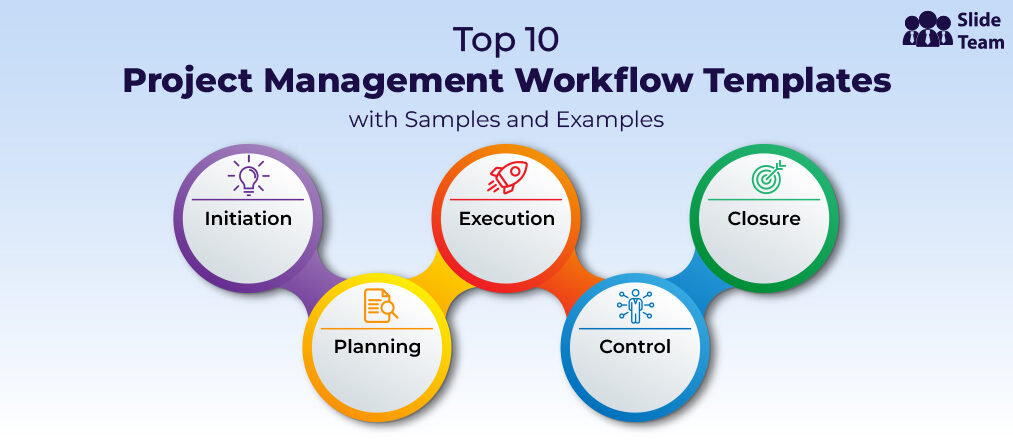
![How to Build a Financial Model in 7 Simple Steps [Best Templates Included] [Free PDF Attached]](https://www.slideteam.net/wp/wp-content/uploads/2022/03/1013x441no-button-4-1-1013x441.jpg)
